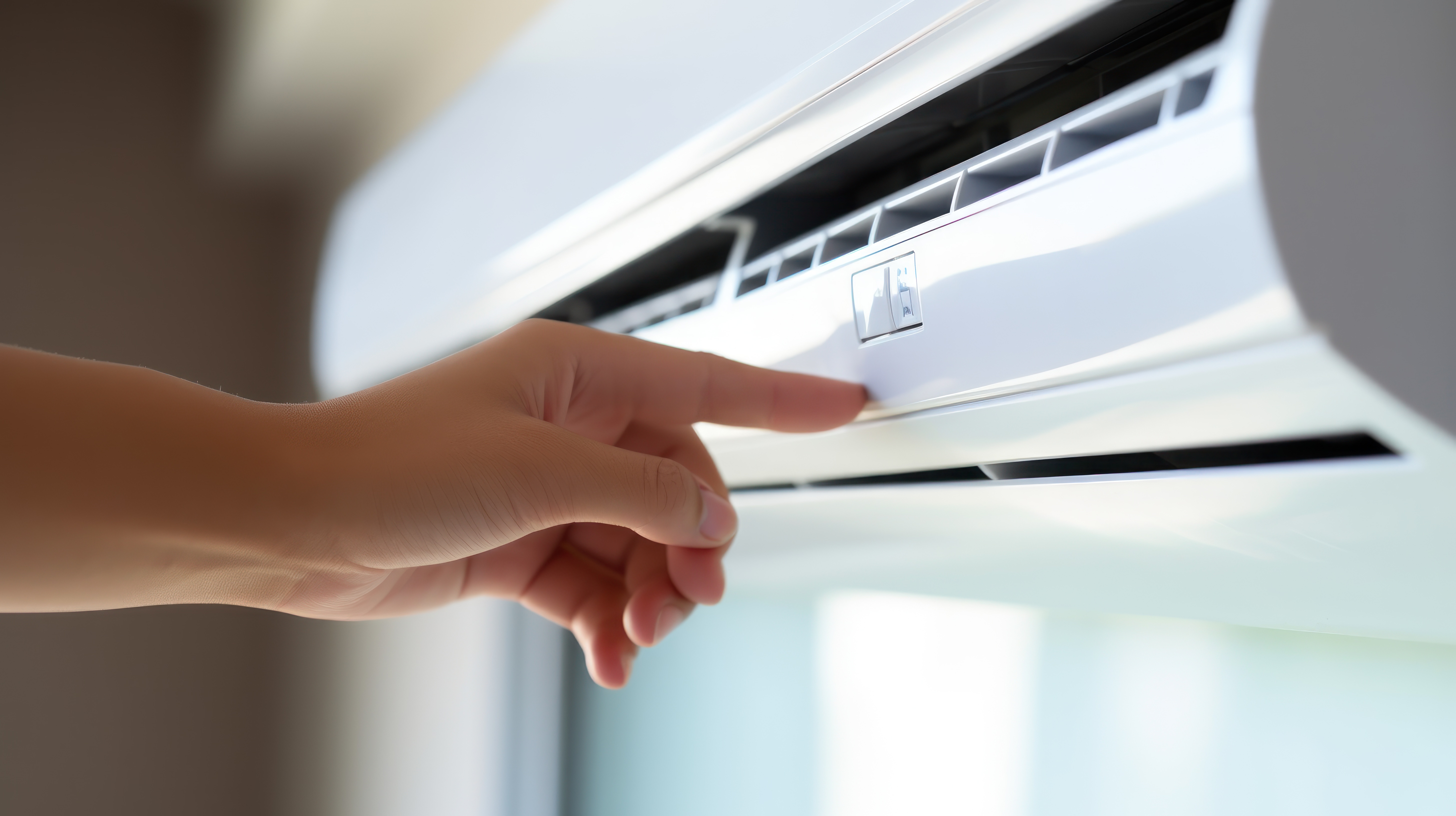
Visit Our Homepage | Book Online | Learn More About Us
In recent years, advancements in HVAC (Heating, Ventilation, and Air Conditioning) technology have revolutionized how we control indoor climate and energy usage. One of the standout innovations is the smart thermostat, which offers a range of benefits that traditional thermostats simply can’t match. Let’s explore how smart thermostats improve HVAC system operation and enhance home comfort:
What are Smart Thermostats?
Smart thermostats are digital devices that connect to your home’s Wi-Fi network, allowing you to control your HVAC system remotely via a smartphone app or through voice commands with virtual assistants like Amazon Alexa or Google Assistant. These thermostats use sensors, algorithms, and connectivity to learn your heating and cooling preferences and optimize energy usage accordingly.
Benefits of Smart Thermostats
- Energy Savings: Smart thermostats can significantly reduce energy consumption by automatically adjusting temperatures based on your schedule and preferences. They learn your habits and can adjust settings to avoid heating or cooling an empty home, leading to lower utility bills.
- Remote Access: With remote access via smartphone apps, you can control your HVAC system from anywhere. This feature allows you to adjust temperatures while away from home, ensuring comfort upon arrival and optimizing energy use based on real-time needs. Book an installation or consultation with us!
- Learning Capabilities: Smart thermostats employ algorithms to learn your heating and cooling patterns. Over time, they automatically adjust settings to maximize comfort and efficiency without requiring manual intervention.
- Integration with Home Automation: Smart thermostats seamlessly integrate with other smart home devices and automation systems. They can coordinate with lights, blinds, and even weather forecasts to optimize energy usage and enhance overall home comfort.
- Energy Usage Insights: Many smart thermostats provide detailed energy reports and insights. These analytics help you understand your HVAC system’s energy consumption patterns and identify opportunities for further efficiency improvements.
- Compatibility with HVAC Systems: Smart thermostats are compatible with a wide range of HVAC systems, including traditional furnaces, central air conditioning units, heat pumps, and even multi-zone systems, offering flexibility for various home setups.
- Environmental Benefits: By reducing energy consumption, smart thermostats contribute to lower greenhouse gas emissions associated with electricity generation, promoting environmental sustainability.
- Convenience and Comfort: Adjusting temperatures through intuitive smartphone apps or voice commands offers convenience and enhances overall comfort. You can create personalized schedules or use geofencing to automatically adjust temperatures based on your proximity to home.
Installation and Considerations
Installing a smart thermostat typically requires basic knowledge of HVAC systems or assistance from a professional technician. Consider factors such as compatibility with your existing HVAC system, Wi-Fi connectivity strength, and desired features (e.g., voice control, occupancy sensors) when choosing a smart thermostat. If you need assistance, contact our professionals for expert help.
Conclusion
Smart thermostats represent a significant advancement in HVAC technology, offering enhanced control, energy savings, and comfort compared to traditional thermostats. By leveraging remote access, learning capabilities, and integration with smart home ecosystems, these devices empower homeowners to optimize their indoor climate while reducing energy costs and environmental impact. Investing in a smart thermostat can transform your home’s HVAC system into a more efficient, responsive, and environmentally friendly component of modern living. To get started, visit our homepage for more information.thermostat can transform your home’s HVAC system into a more efficient, responsive, and environmentally friendly component of modern living.
